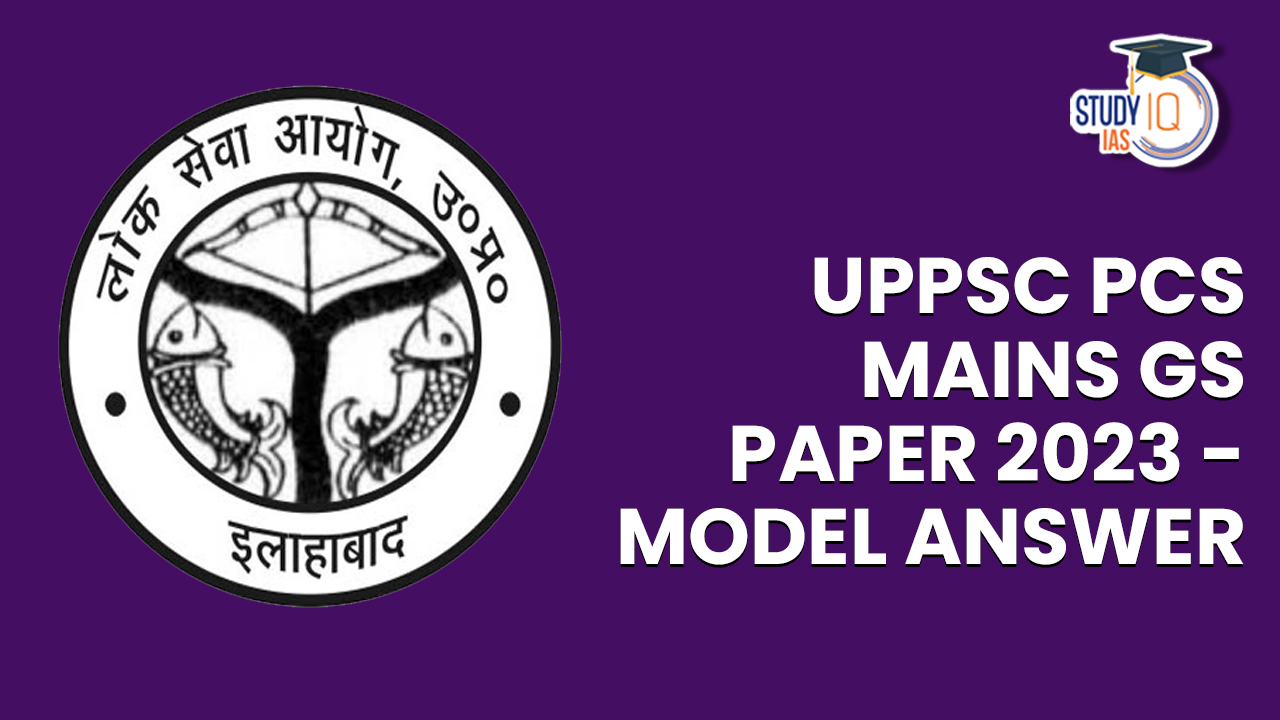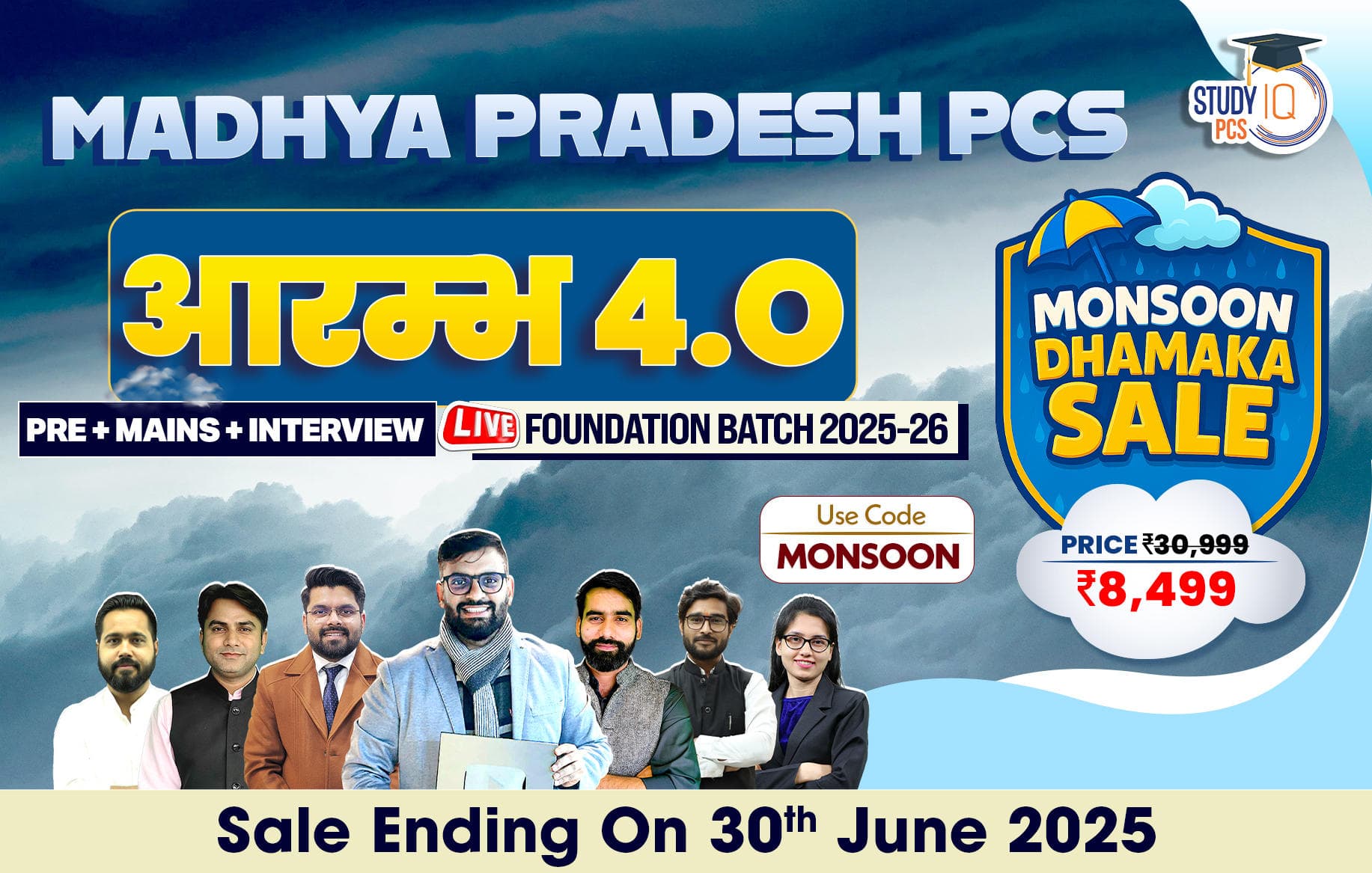Q19. Money laundering threatens a nation’s economic sovereignty, and the rise of Information and Communication Technology (ICT) intensifies the challenge of combating this illicit ACTIVITY. Explain.
Money laundering is the process of concealing the origins of illegally acquired funds through intricate financial manoeuvres. Here’s how ICT exacerbates the problem:
- Digital Traces: ICT generates digital footprints in financial transactions, enabling authorities to trace funds and detect suspicious activities.
- Transaction Monitoring: Advanced algorithms survey transactions in real-time, identifying unusual or large transfers that may signify money laundering.
- Data Analytics: Big data and AI rapidly analyze financial data, pinpointing patterns and irregularities, even in complex transactions.
- Blockchain Technology: Blockchain establishes transparent, tamper-resistant transaction records, thwarting money launderers’ attempts at manipulation.
- Digital Identity Verification: Online services mandate identity verification, discouraging the use of false identities for illegal transactions.
- Enhanced Cybersecurity: Robust cybersecurity measures guard against cyberattacks facilitating money laundering.
- International Cooperation: ICT facilitates global collaboration among law enforcement and financial institutions, facilitating cross-border tracking and apprehension of money launderers.
- Digital Currencies: Cryptocurrencies, favoured by money launderers, are not entirely anonymous due to blockchain’s traceability. Regulations are adapting accordingly.
- Machine Learning and AI: These technologies recognize intricate money laundering patterns, becoming more adept over time.
- Data Sharing and Reporting Obligations: Financial institutions are obligated to report suspicious transactions, streamlined through ICT.
Example: Nirav Modi-PNB Scam (India):
Nirav Modi and associates duped PNB of ₹14,000 crores ($2 billion) in 2018 via fraudulent LoUs and rapid fund transfers, complicating tracking due to digital transactions.
Combating Money Laundering with ICT (India):
Digital Surveillance: India invests in advanced data analytics and surveillance.
Digital KYC: Verification procedures deter criminals from using fake identities.
Blockchain: Exploring blockchain for transparent transaction records.
Collaboration: International cooperation is vital for tracking cross-border money flows.
Regulatory Framework: Strengthening regulations, such as the PMLA, for better enforcement.
In conclusion, money laundering endangers economic sovereignty, with ICT amplifying this threat. India’s efforts in digital surveillance, blockchain, regulation, and international collaboration are pivotal in safeguarding its financial system and economic integrity.
Check out the UPPSC Mains GS Paper 3 2023 Analysis with detailed expatiation of the topics of Mains GS Paper 3 By the Study IQ Experts


 UPPSC Previous Year Question Papers, Dow...
UPPSC Previous Year Question Papers, Dow...
 UPPSC Mains Question Paper 2025: Downloa...
UPPSC Mains Question Paper 2025: Downloa...
 UPPSC Mains Admit Card 2025 Out, UP PCS ...
UPPSC Mains Admit Card 2025 Out, UP PCS ...













